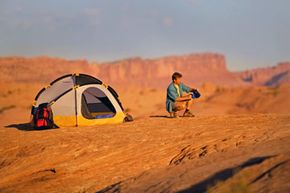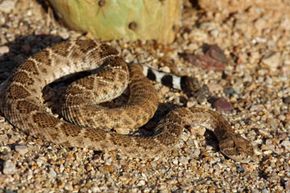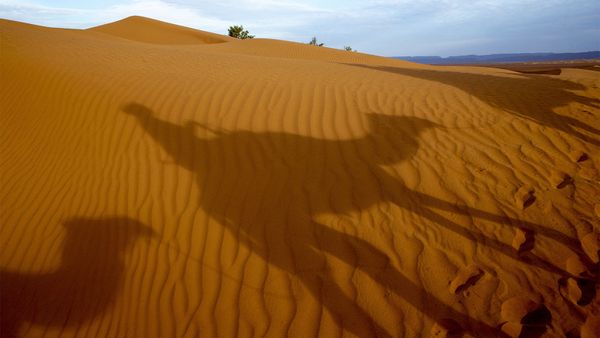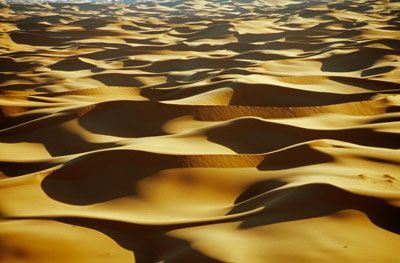Deserts can be majestic, powerful places to visit, and contrary to popular notions, they aren't just barren landscapes. Deserts are very much alive, and they host a wide range of fascinating plants and animals. But the landscape shouldn't be taken lightly, and it requires hikers and campers to follow a different set of rules than they might in more mild environs.
Most scientists consider deserts to be any place that receives less than 20 inches (50 centimeters) of rainfall per year. Why would anyone want to venture out into such a forbidding landscape, let alone go camping there? Because deserts are unique, beautiful places that are unlike any other climatic or geographic region. Think of some of the most iconic natural places in the American West, like the Grand Canyon, Death Valley or Monument Valley in Utah -- all of them are deserts [source: Berkeley.edu].
Advertisement
The desert is a place of extremes. Many desert regions get very hot during the day, but they can also be quite cold at night, meaning that you'll have to plan and pack for both. Staying hydrated and finding enough water are the most obvious and pressing concerns when you're spending a significant amount of time in the desert, but there are other things to keep in mind. For one thing, landmarks can be few and far between, and trails can be difficult to find, making it easy to get disoriented and lost. Many deserts are also home to a number of hazardous creatures, like venomous snakes, that can really spoil your vacation [source: Johnson].
Because of their natural beauty, deserts can be great places to visit, but desert camping requires a good deal of preparation, and above all, respect. If you make one careless mistake in the desert, you could find yourself in serious trouble. In this article we'll walk you through some of the basics of desert camping, from dressing like a cowboy to dealing with snakebites.
Advertisement





